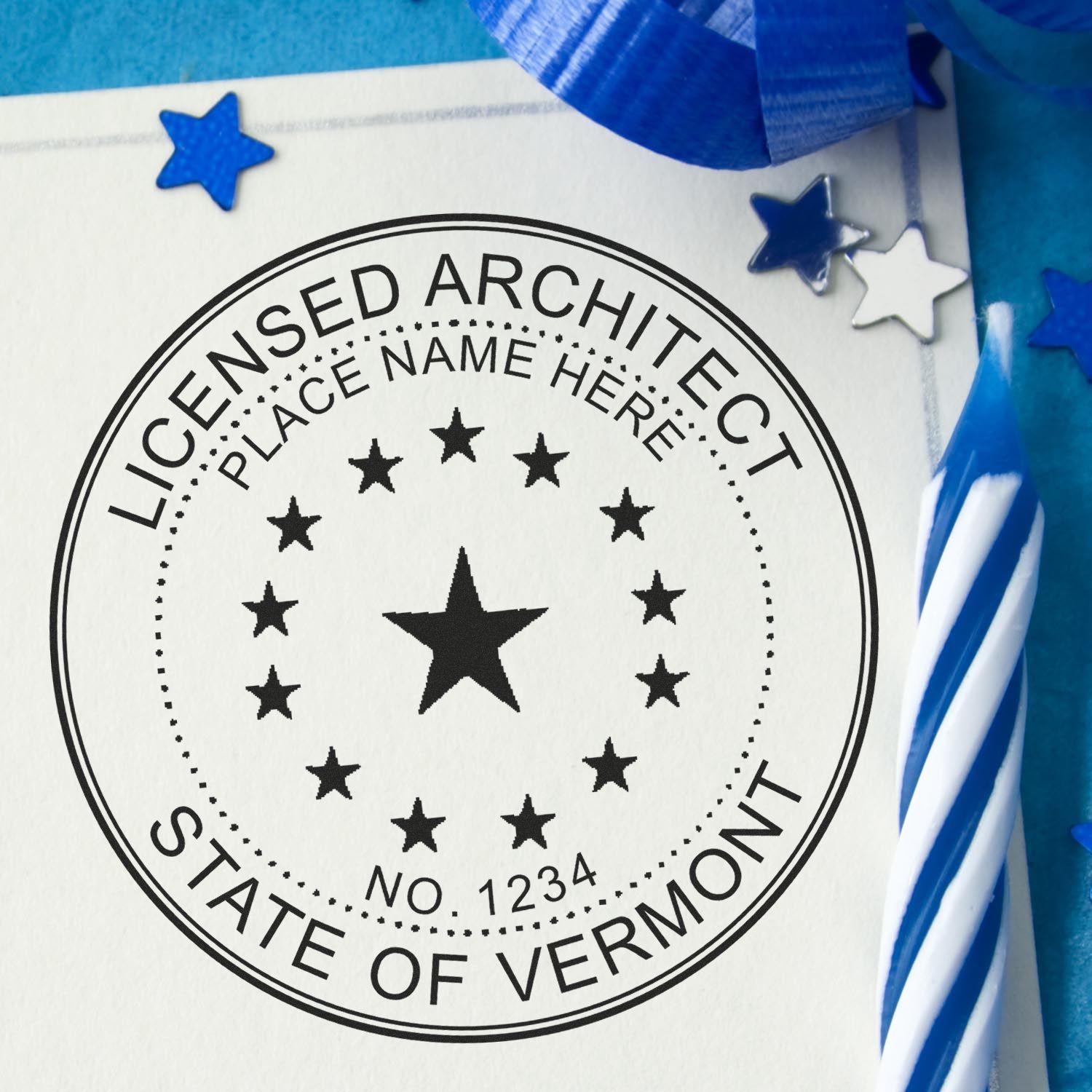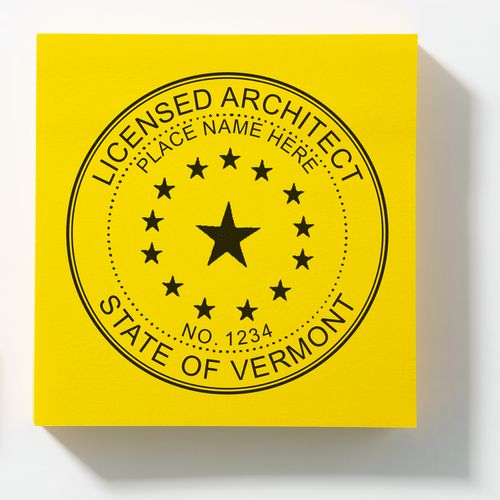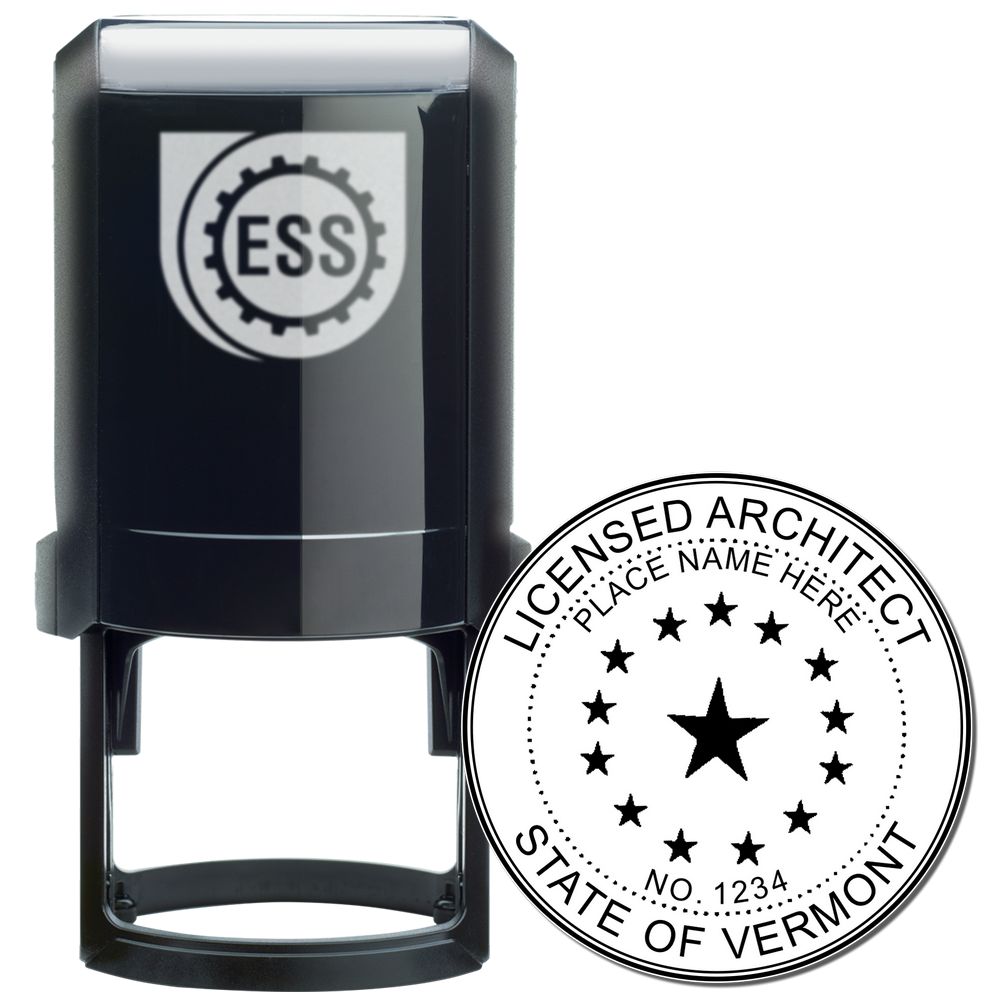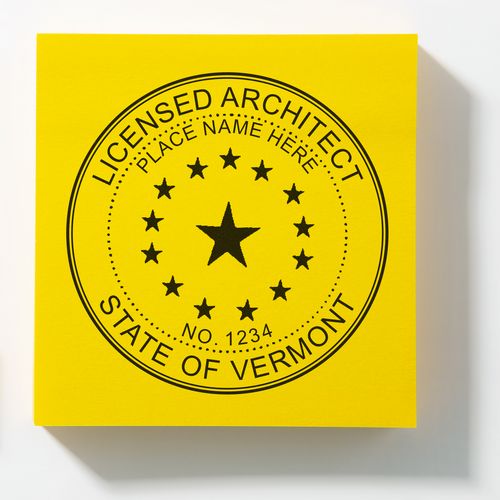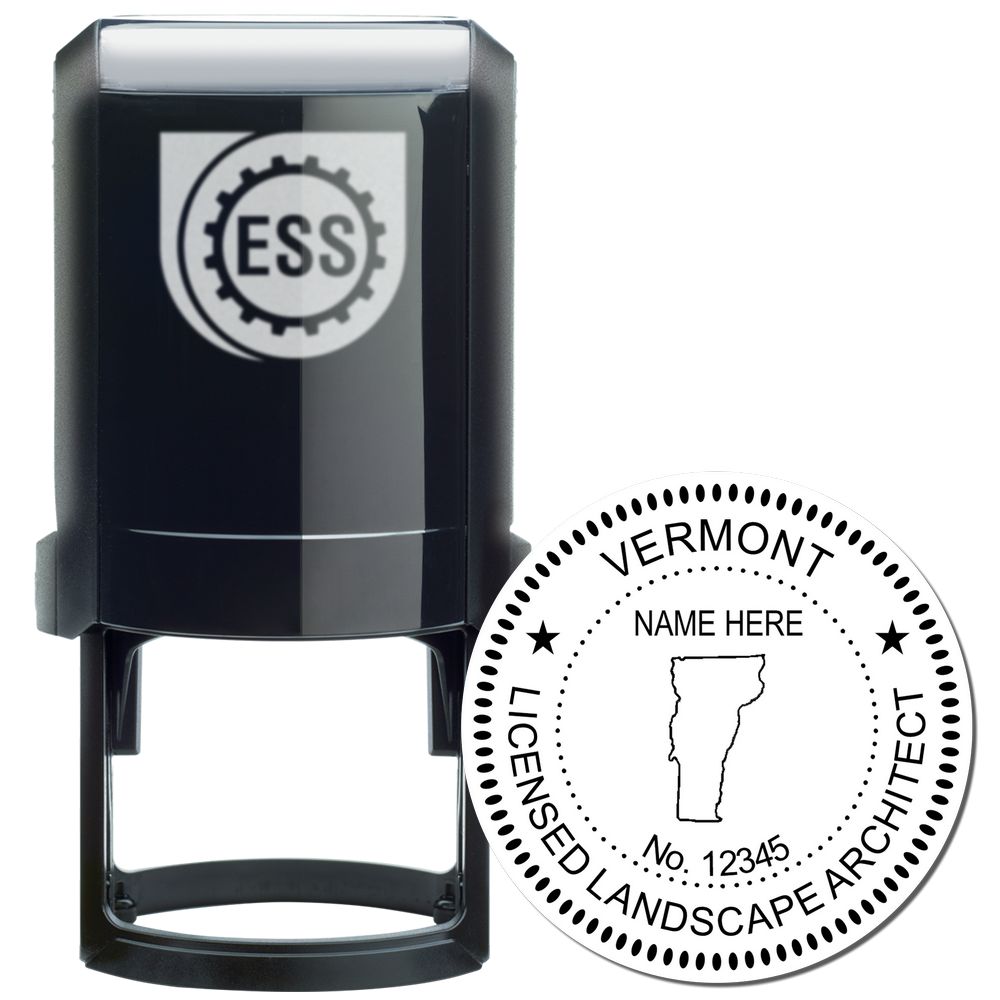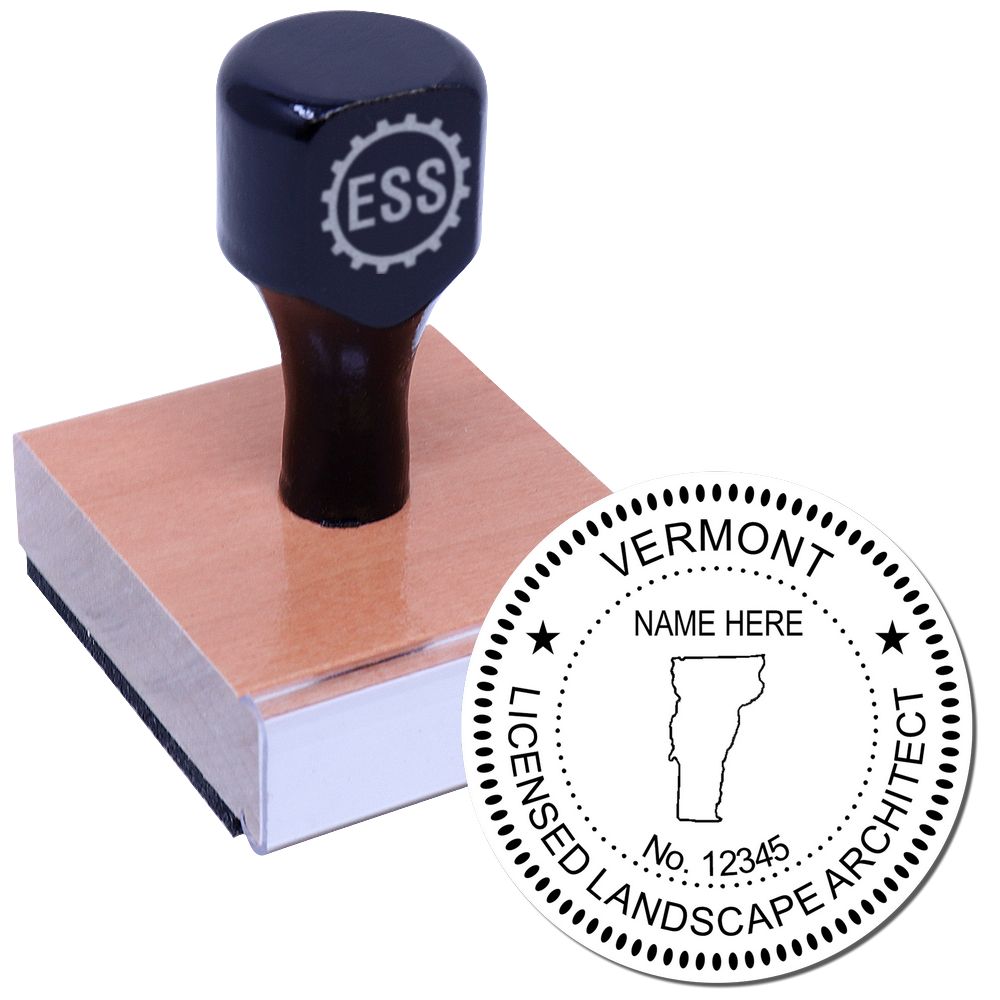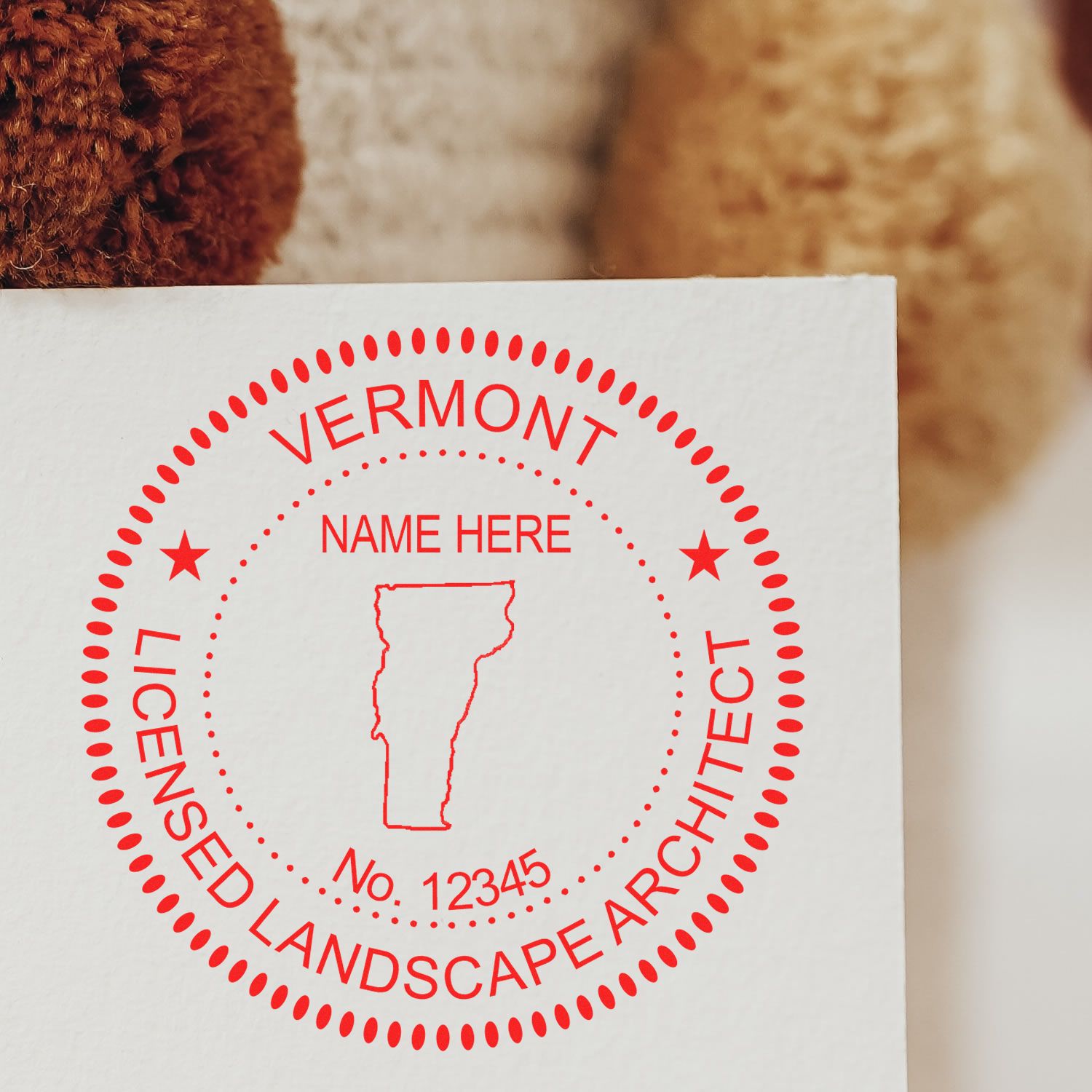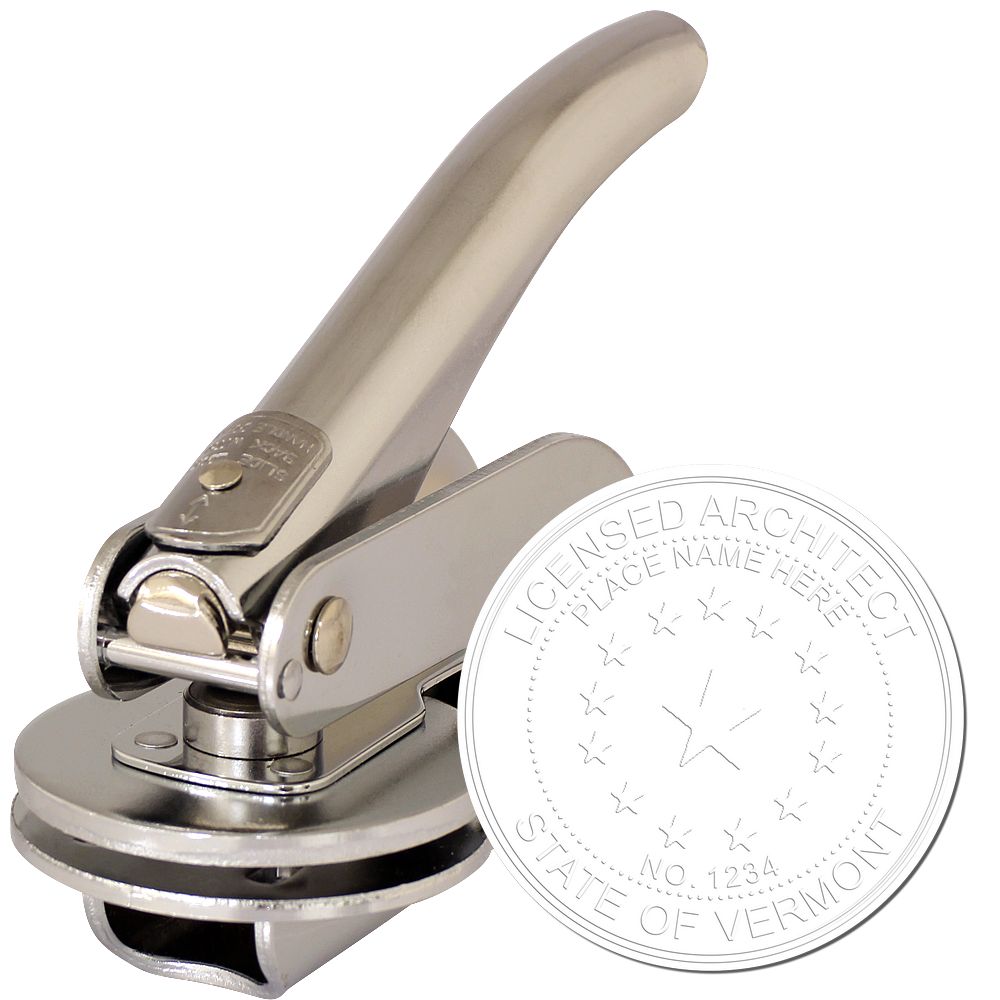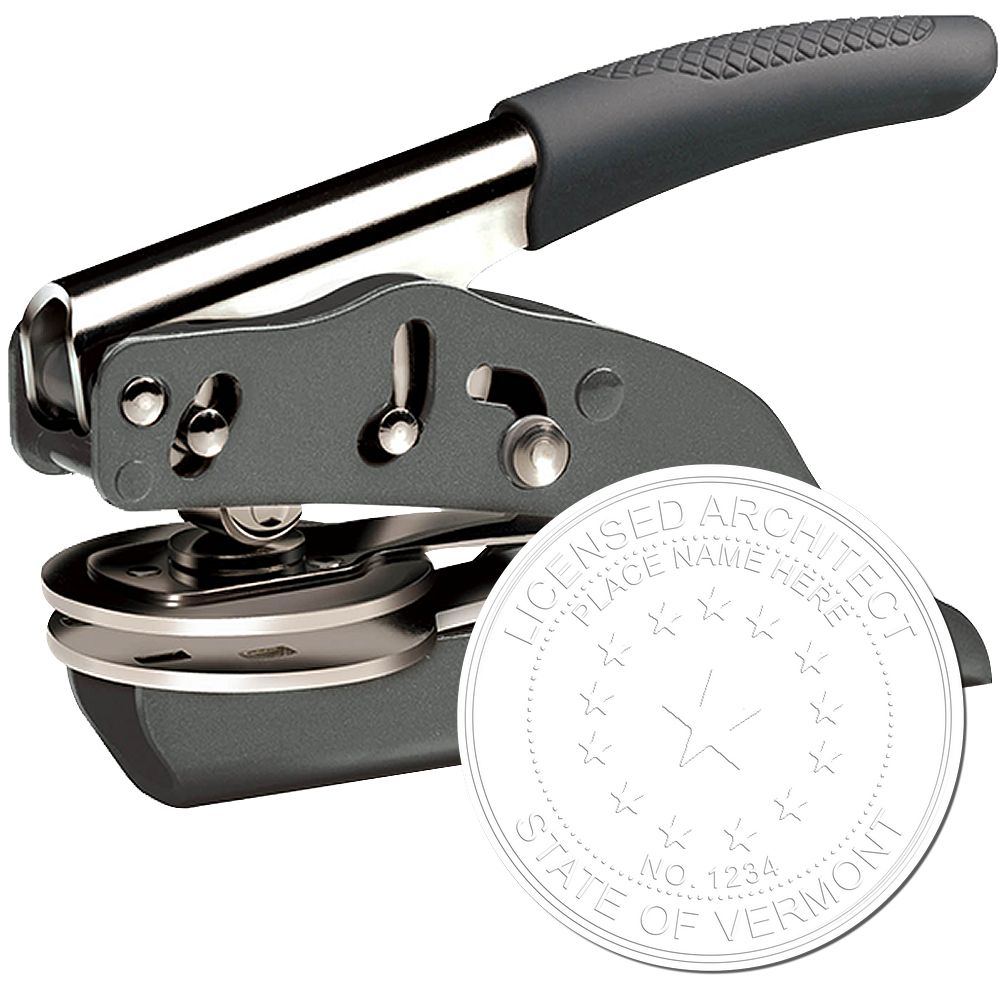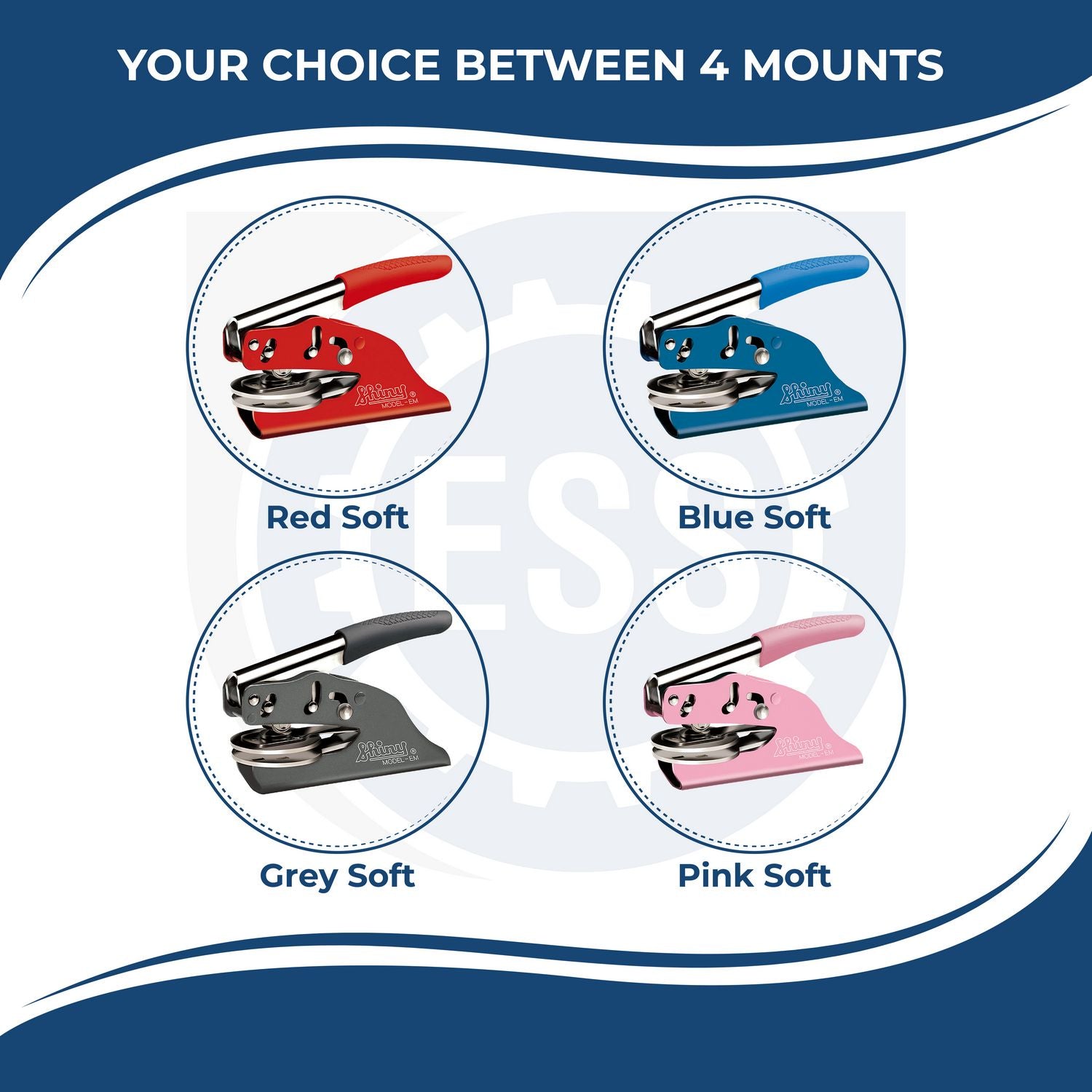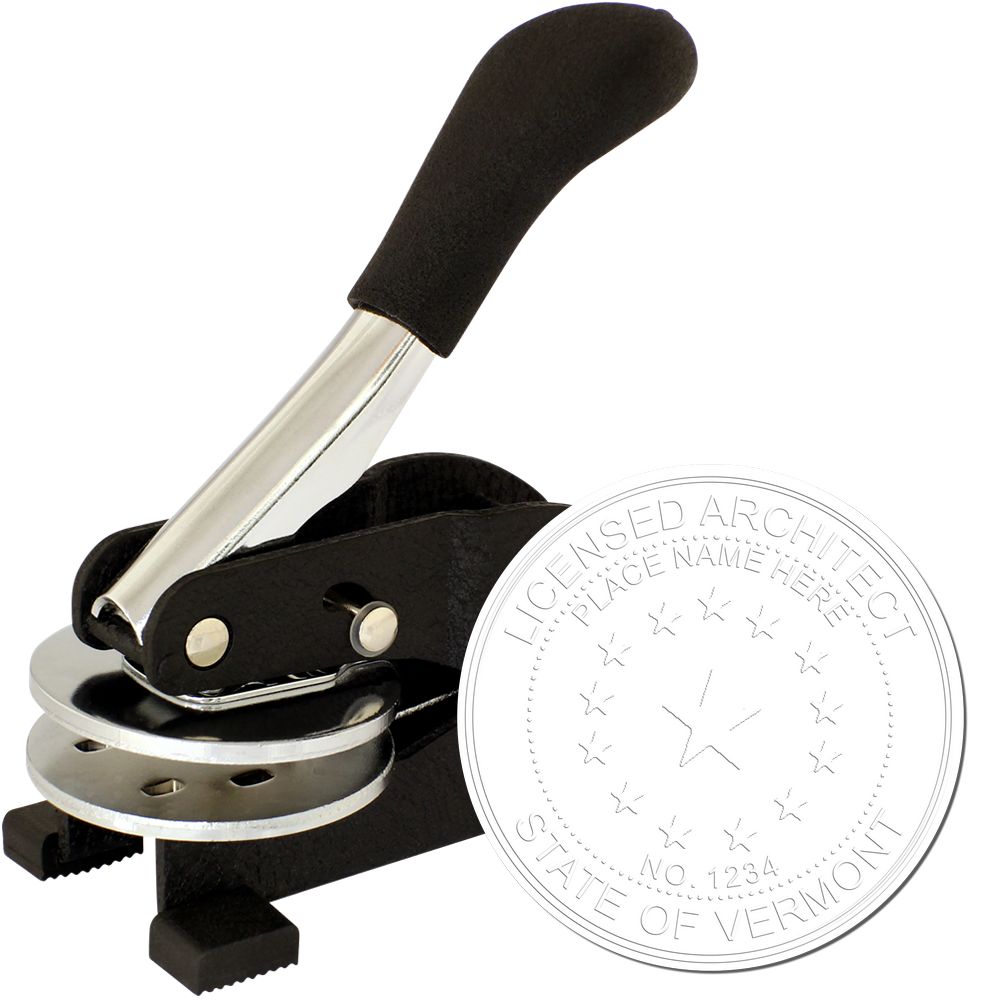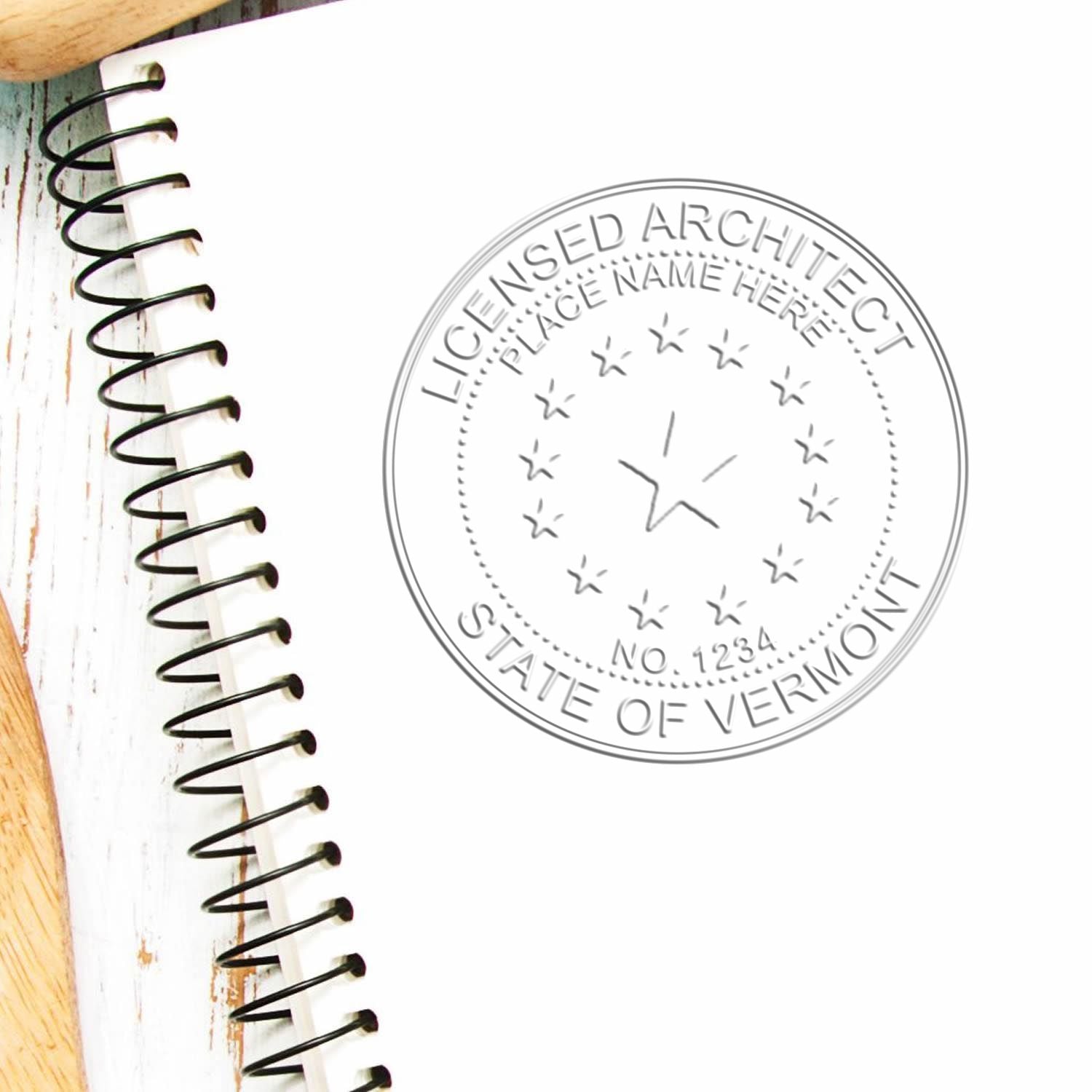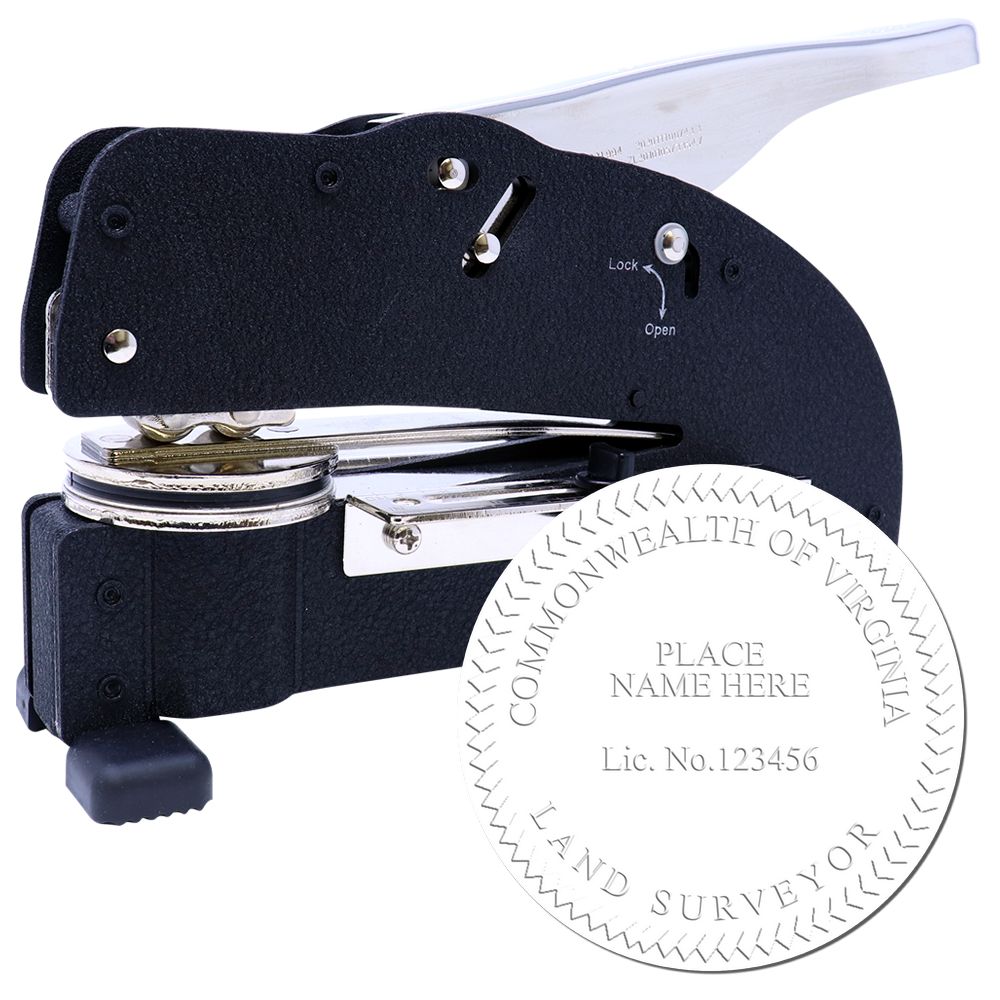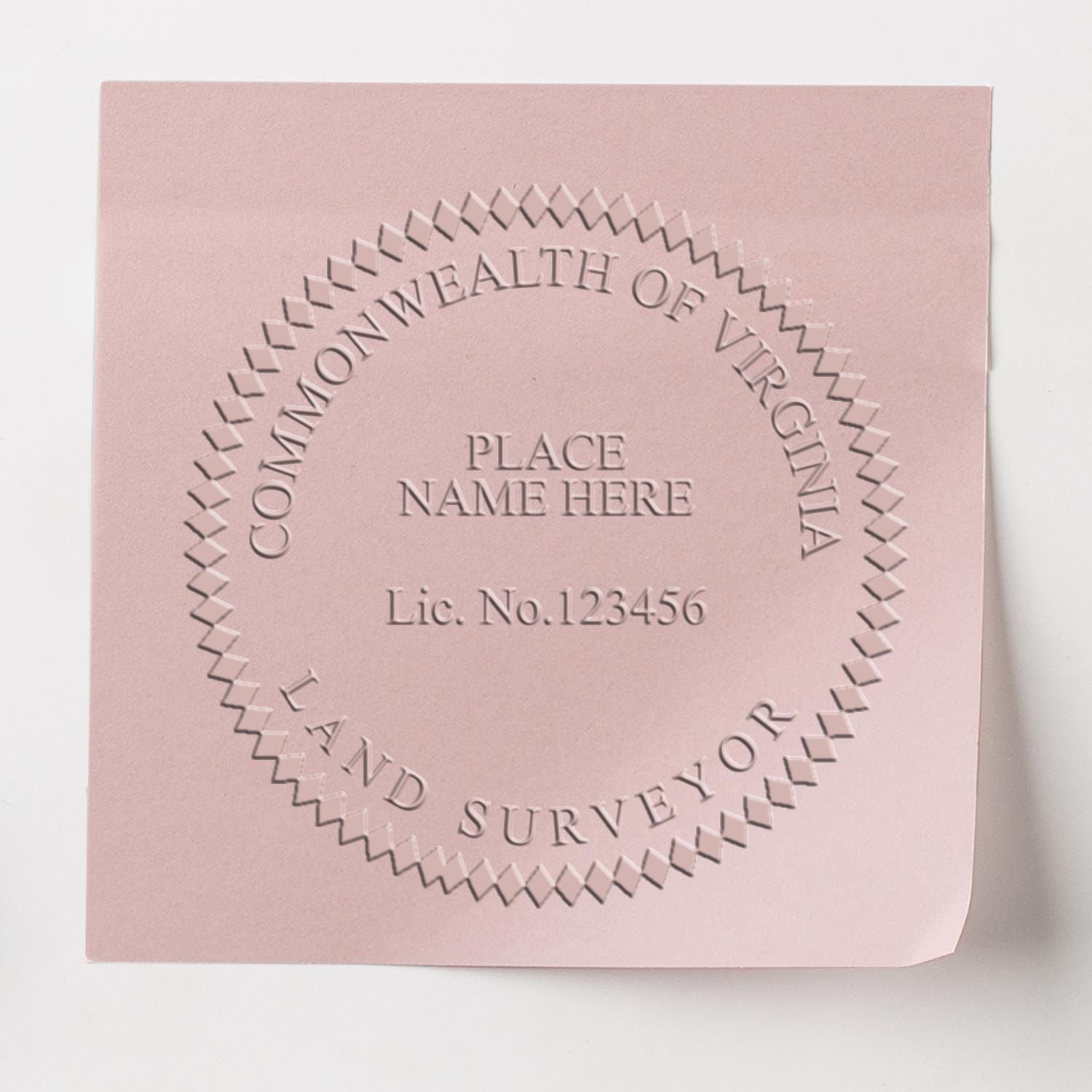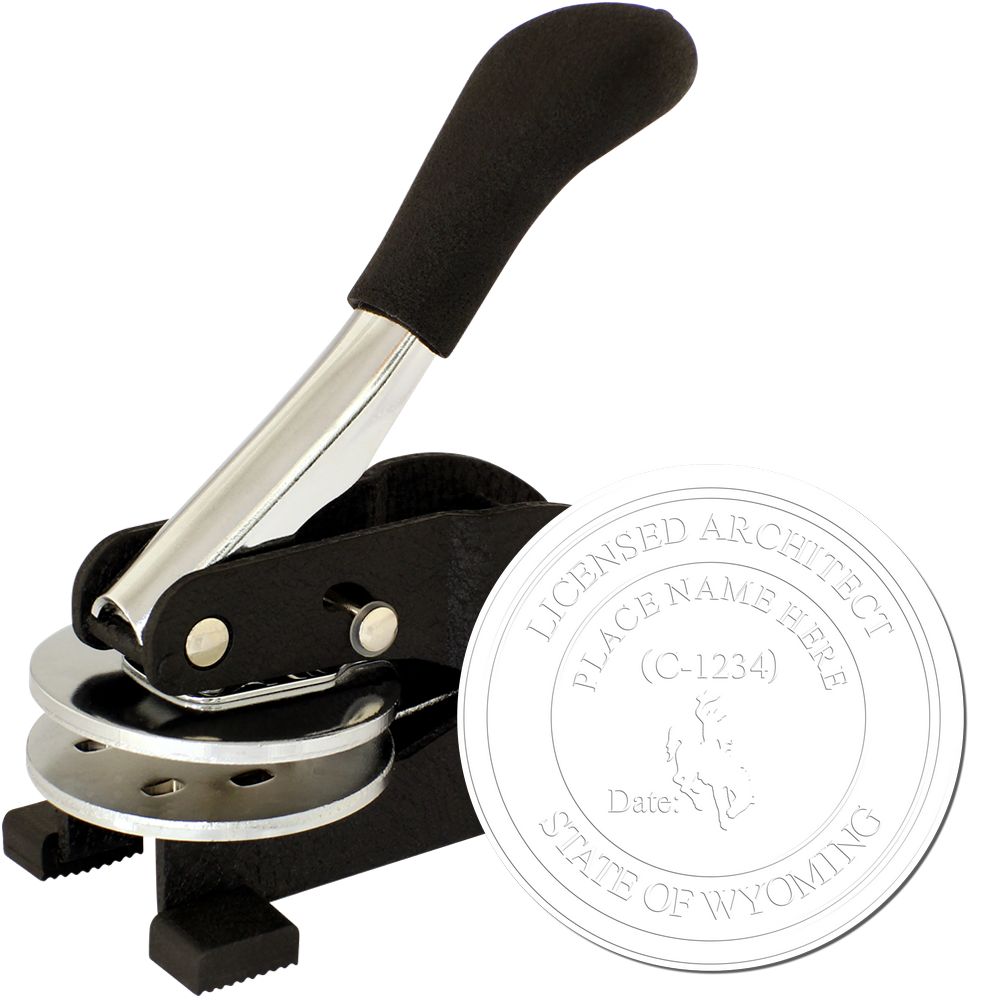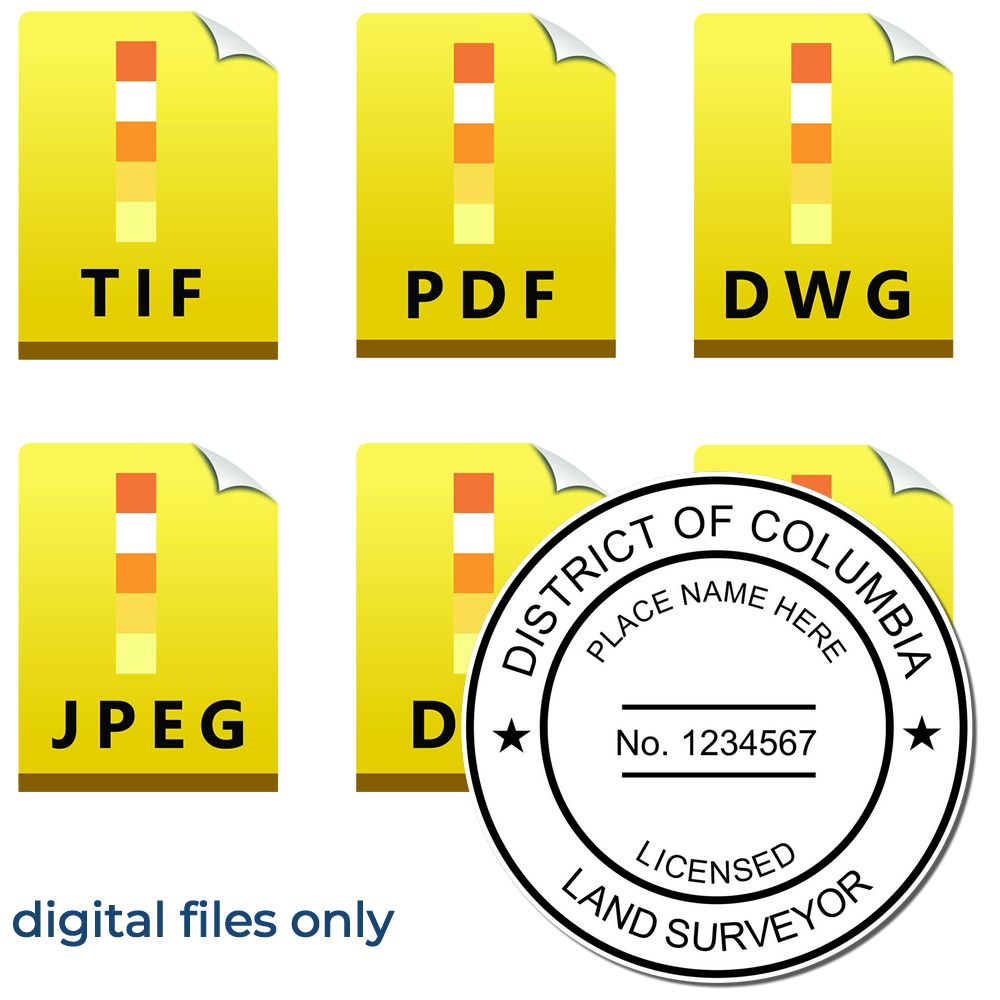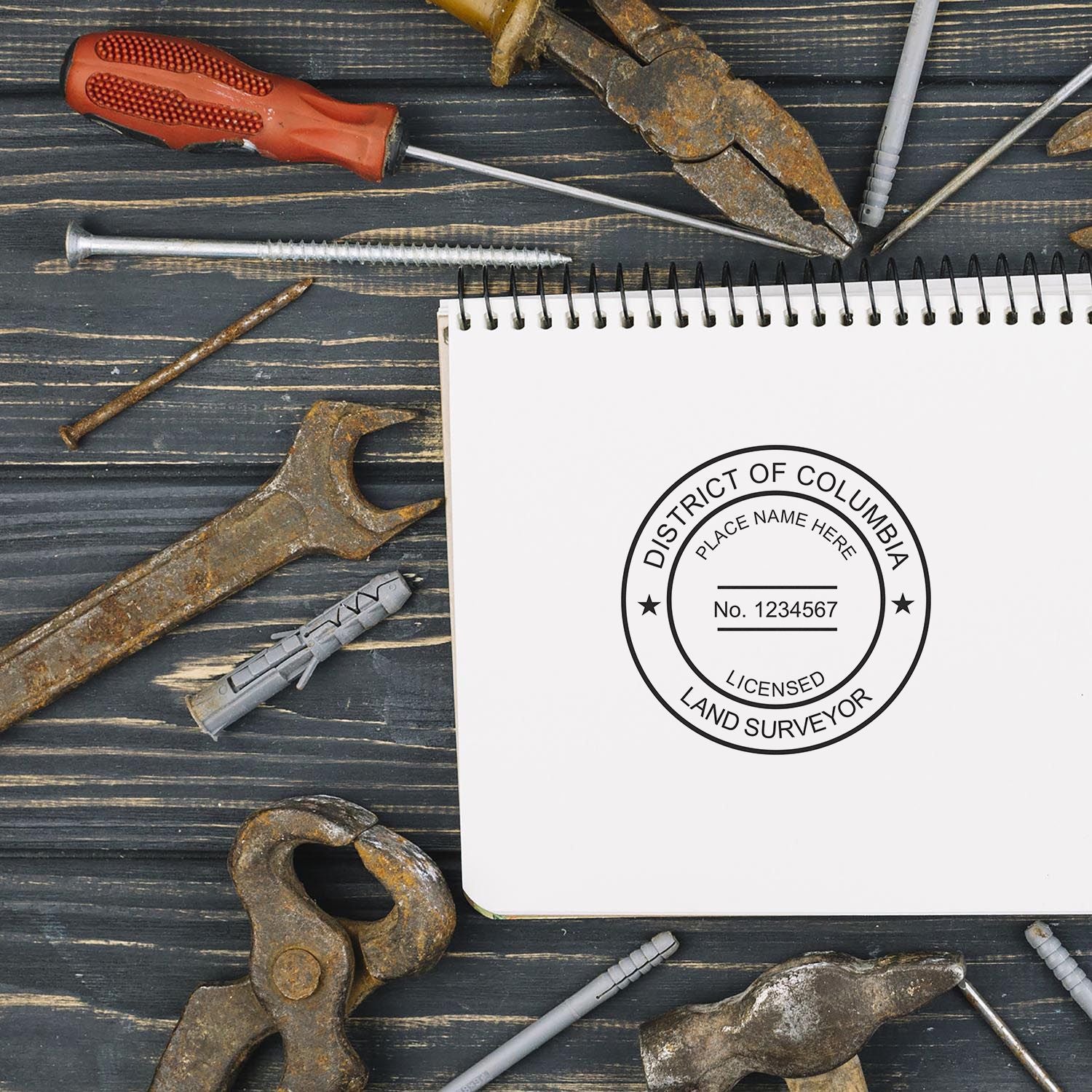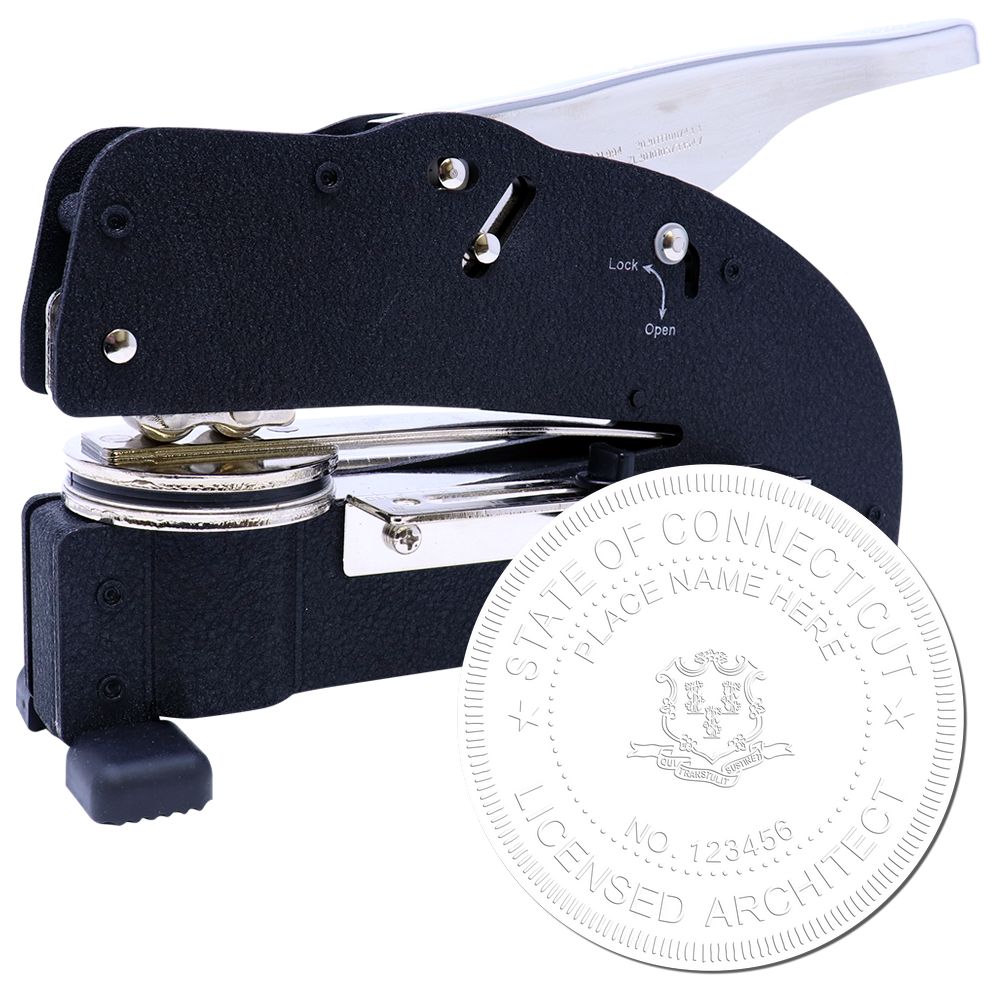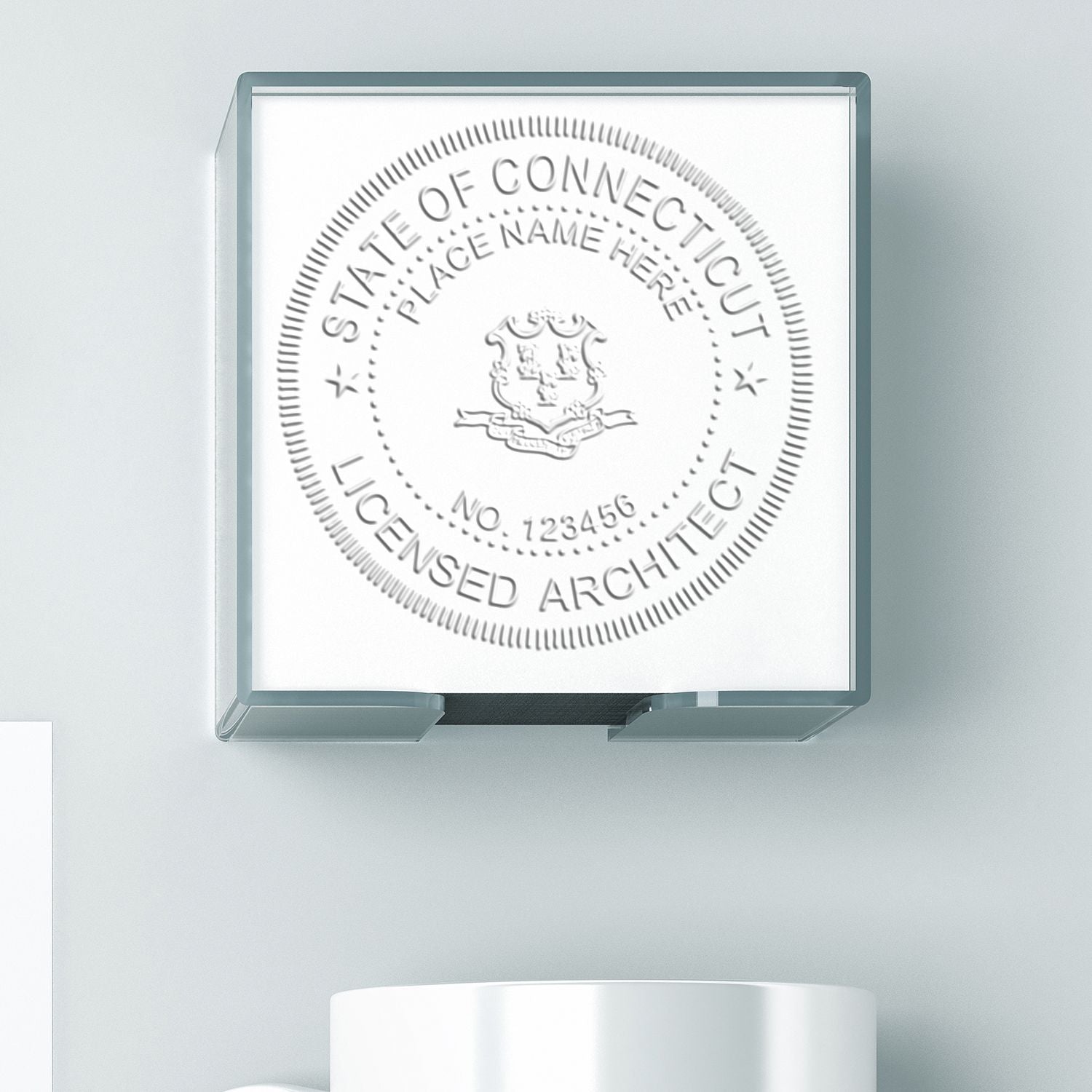Vermont Architect Seal Requirements: An Overview
To practice architecture in Vermont, architects must adhere to specific requirements, including obtaining an architect seal. Understanding the importance and role of architect seals in Vermont is essential for architects looking to navigate the regulatory landscape.
Understanding the Importance of Architect Seals
Architect seals play a vital role in the architecture profession by serving as a symbol of authenticity and accountability. These seals, also known as architect stamps, signify that the architectural plans, drawings, or documents have been reviewed and approved by a licensed architect.
Architect seals are crucial in ensuring public safety and welfare, as they indicate that the architectural work complies with all relevant regulations and standards. Additionally, they provide a level of confidence to clients, contractors, and regulatory authorities that the architect responsible for the project possesses the necessary qualifications and expertise.
The Role of Architect Seals in Vermont
In Vermont, architect seals are required for various architectural documents, including construction plans, specifications, and drawings. The Vermont Board of Architects oversees the regulations and guidelines surrounding architect seals to maintain the integrity of the profession.
Architect seals in Vermont must include specific information, such as the architect's name, license number, and the words "Registered Architect" or "Architect." These requirements ensure that the seal is easily identifiable and traceable to the licensed architect who prepared the documents.
It is important to note that architect seals must be used in accordance with the guidelines set forth by the Vermont Board of Architects. Familiarizing yourself with these guidelines is crucial to ensure compliance and avoid any potential legal or professional consequences. For more details on the specific requirements for architect seals in Vermont, refer to our article on Vermont architect seal guidelines.
Architects in Vermont can obtain their architect seals from authorized providers who specialize in producing professional seals for licensed architects. These providers ensure that the architect seals meet all the necessary requirements and standards set by the Vermont Board of Architects.
By understanding the significance and role of architect seals in Vermont, architects can navigate the licensing and regulatory processes with confidence. Obtaining and utilizing architect seals in accordance with the guidelines helps maintain professionalism, credibility, and compliance within the architecture profession.
Licensing and Certification for Architects in Vermont
To practice as an architect in Vermont, individuals must meet certain licensing and certification requirements. These requirements ensure that architects have the necessary education, experience, and skills to provide professional architectural services. The process involves meeting specific criteria and successfully completing examinations. Let's take a closer look at the education and experience requirements as well as the examination and registration process for architects in Vermont.
Education and Experience Requirements
Becoming a licensed architect in Vermont starts with completing the required education and gaining practical experience. The Vermont Board of Architects has established the following education requirements:
-
Bachelor's Degree in Architecture: Individuals must hold a professional degree in architecture from an accredited institution. This degree provides a solid foundation in architectural principles, design, and technical skills.
-
Experience Requirement: Upon graduation, aspiring architects must complete the Architectural Experience Program (AXP). This program allows individuals to gain practical experience under the supervision of a licensed architect. AXP focuses on developing competency in various areas of architectural practice, including design, project management, and construction administration.
Save 20%
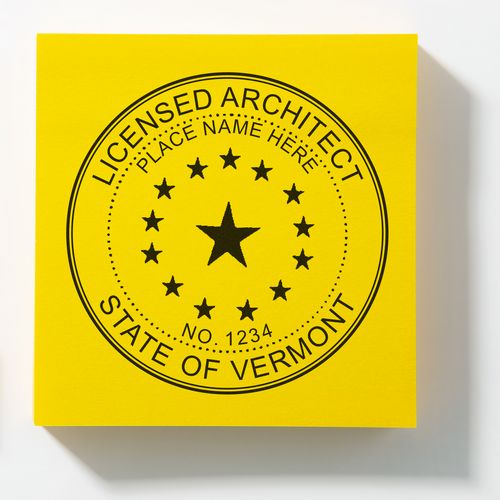 Digital Vermont Architect Stamp, Electronic Seal for Vermont Architect3008ARC-VTSale price$20.00 Regular price$25.00Save 15%
Digital Vermont Architect Stamp, Electronic Seal for Vermont Architect3008ARC-VTSale price$20.00 Regular price$25.00Save 15%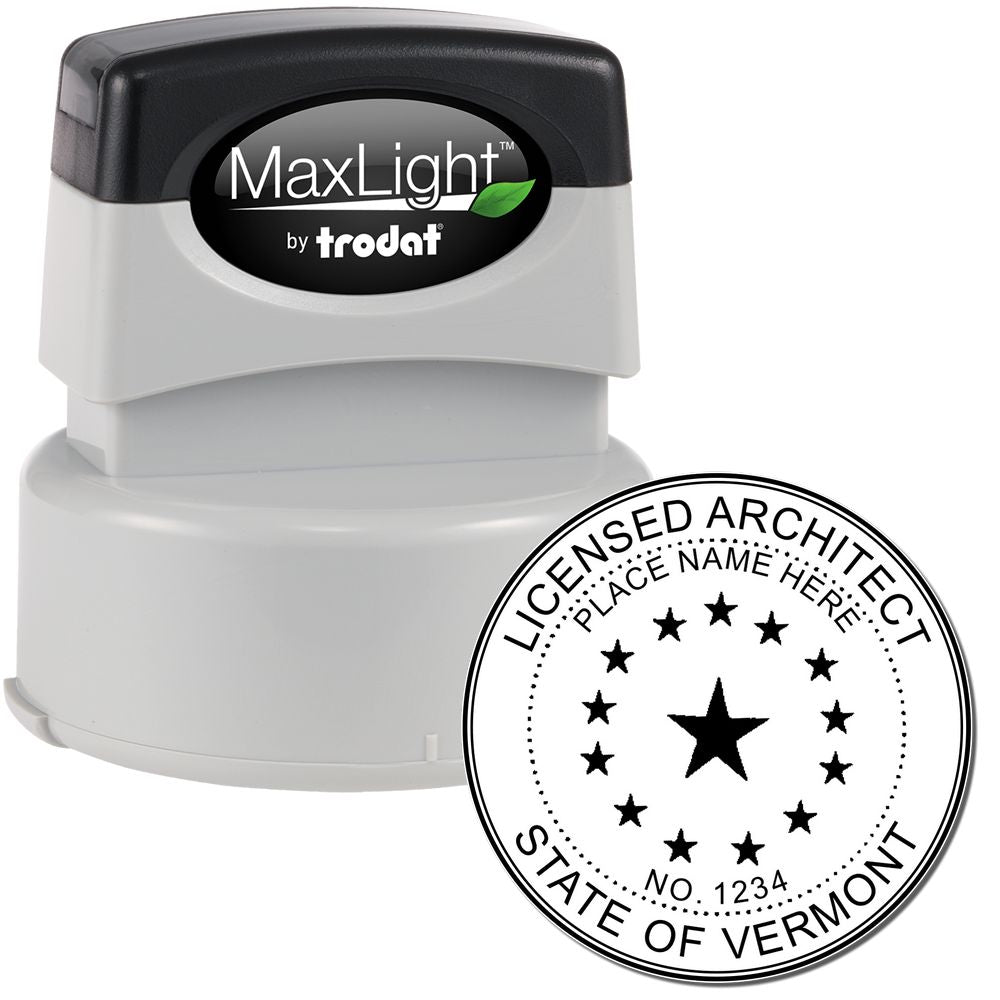
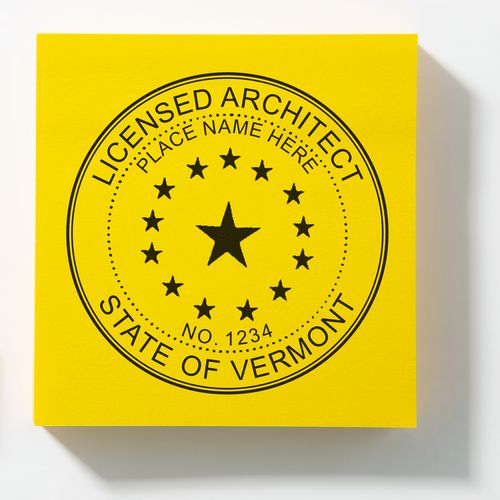 Premium MaxLight Pre-Inked Vermont Architectural Stamp3021ARC-VTSale price$46.95 Regular price$55.00
Premium MaxLight Pre-Inked Vermont Architectural Stamp3021ARC-VTSale price$46.95 Regular price$55.00
The specific experience requirements can be found on the official website of the Vermont Board of Architects. For more information on the education and experience requirements, architects can refer to the vermont architect stamp guidelines.
Examination and Registration Process
After fulfilling the education and experience requirements, aspiring architects in Vermont must pass the Architect Registration Examination (ARE) to become licensed. The ARE is a comprehensive examination that assesses an architect's knowledge and skills in various areas of architectural practice.
The ARE consists of multiple divisions, each focusing on different aspects of architecture, such as site planning, building systems, and construction documents. By successfully completing each division, architects demonstrate their competence in these areas.
Once an architect has passed all divisions of the ARE, they can proceed with the registration process. This involves submitting an application for licensure to the Vermont Board of Architects. The application typically requires documentation of education, experience, and examination results.
Upon approval of the application, architects will receive their license to practice architecture in Vermont. It's important to note that maintaining a valid license requires architects to fulfill certain continuing education requirements and stay informed about regulatory changes. For more information on the specific requirements and procedures, architects can refer to the vermont architect seal page.
By meeting the licensing and certification requirements, architects in Vermont can ensure that they are qualified to provide professional architectural services. Obtaining the appropriate education, gaining practical experience, and successfully passing the examination are essential steps in the journey towards becoming a licensed architect in Vermont.
Architect Seal Requirements in Vermont
Architect seals play a vital role in the architectural profession, serving as a mark of authenticity and professionalism. In Vermont, architects are required to comply with specific legal requirements when it comes to architect seals. Additionally, there are guidelines for the design and specifications of architect seals that must be followed to ensure compliance.
Legal Requirements for Architect Seals
In Vermont, the use of architect seals is regulated by the state's architecture board. According to the regulations, licensed architects are required to affix their seal on all documents they prepare or approve as part of their professional practice. This includes architectural plans, drawings, specifications, and other related documents.
The architect seal must contain the following information:
- The architect's name as it appears on their license
- The architect's license number
- The word "Architect" or "Registered Architect"
- The phrase "State of Vermont"
The purpose of these legal requirements is to ensure that the architect's identity and professional standing are clearly indicated on the documents they produce, providing accountability and protecting the public interest.
Design and Specifications of Architect Seals
In addition to the legal requirements, there are specific design and specifications that must be followed when creating an architect seal. The seal must be circular in shape and have a diameter of at least 1 1/2 inches (38.1 mm). The information on the seal should be legible and clearly visible, with the architect's name and license number being of sufficient size to be easily read.
Architects have the flexibility to choose the design and layout of their seals, as long as they adhere to the prescribed information and specifications. Many architects opt for a clean and professional design that reflects their personal brand and style. It's important to note that any deviations from the specified requirements may result in the seal being deemed invalid.
To obtain a compliant architect seal in Vermont, architects can reach out to authorized providers who specialize in creating professional seals. These providers can assist architects in customizing their seals to meet the specific legal requirements and design criteria. For more information on Vermont architect seals and stamps, refer to our article on Vermont Architect Seal.

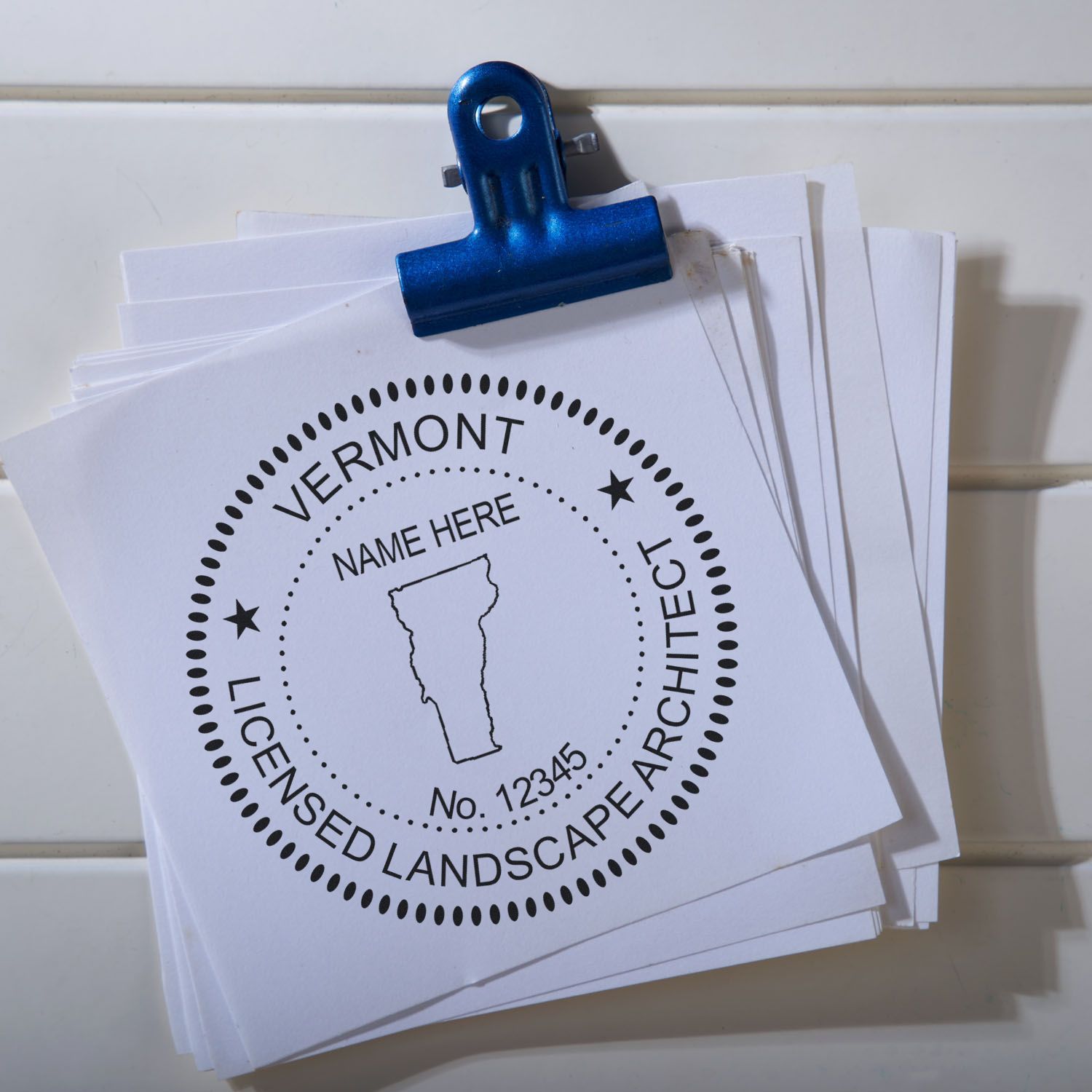


By understanding and complying with the architect seal requirements in Vermont, architects can ensure that their professional documents are legally valid and uphold the highest standards of the architectural profession. It's important to stay up-to-date with any changes in the regulations to maintain compliance and avoid any potential issues.
Where to Obtain Architect Seals in Vermont
To comply with the Vermont architect seal requirements, architects need to obtain a legally authorized architect seal. These seals serve as a visual representation of an architect's professional certifications and are essential for validating their work. In this section, we will explore where architects can obtain their architect seals in Vermont and the process involved.
Authorized Providers of Architect Seals
Architect seals in Vermont can be obtained from authorized providers who specialize in producing official architect seals that meet the state's requirements. These providers are knowledgeable about the specific guidelines and regulations set forth by the Vermont Board of Architects.
When selecting an authorized provider, it is crucial to ensure that they are reputable and experienced in supplying architect seals. Look for providers who have a track record of delivering high-quality seals that meet all the necessary criteria. It is advisable to choose a provider that offers customizable options, allowing you to include your unique information on the seal while still meeting the state's requirements.
Ordering and Customization Process
The process of ordering and customizing your architect seal is typically straightforward when working with an authorized provider. Here's an overview of the process:
-
Select the seal type: Determine whether you need a traditional handheld seal or a self-inking stamp. Both options are acceptable for architect seals in Vermont.
-
Provide your information: Fill out the necessary details required for your seal, such as your name, license number, and any additional information required by the state. Ensure that the information provided is accurate and up to date.
-
Choose the seal design: Many authorized providers offer various design options for architect seals. Select a design that suits your preferences while adhering to the guidelines set by the Vermont Board of Architects.
-
Review and approve: Carefully review the proof provided by the authorized provider to ensure that all the information is correct and the design meets the requirements. Once you have reviewed and approved the proof, the provider will proceed with producing your architect seal.
By following these steps, architects can obtain their architect seals from authorized providers in Vermont. It's essential to allow sufficient time for the production and delivery of the seal, especially if you have upcoming projects or need to renew your existing seal. For more detailed information on Vermont architect seals, refer to our article on vermont architect seal.
Remember, maintaining compliance with the Vermont architect seal requirements is crucial for architects to demonstrate their professionalism and adherence to state regulations. Be sure to stay informed about any updates or changes to the requirements to ensure that you always have a valid and up-to-date architect seal.
Maintaining Compliance with Architect Seal Requirements
As a licensed architect in Vermont, it is essential to understand the importance of maintaining compliance with architect seal requirements. This ensures that your work is recognized as legitimate and meets the necessary regulatory standards. Two key aspects of maintaining compliance include renewal and replacement of architect seals and staying up-to-date with regulatory changes.
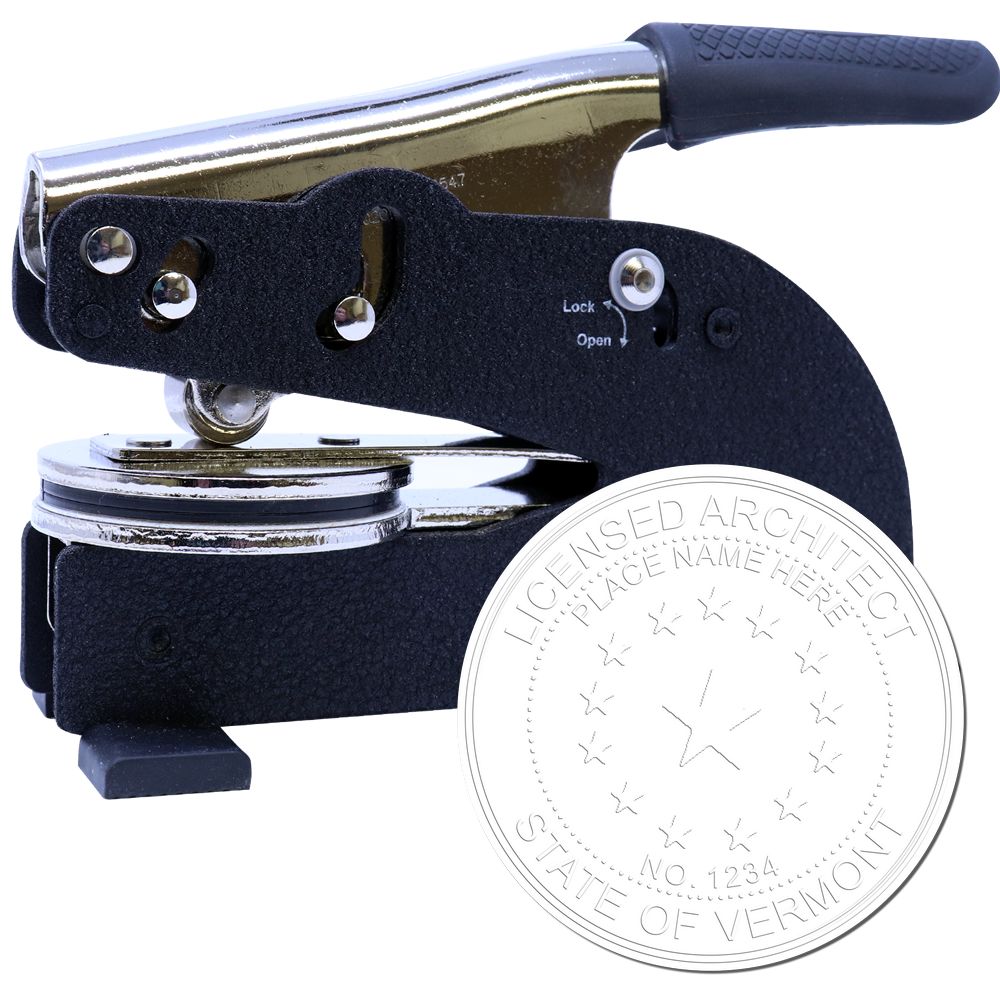
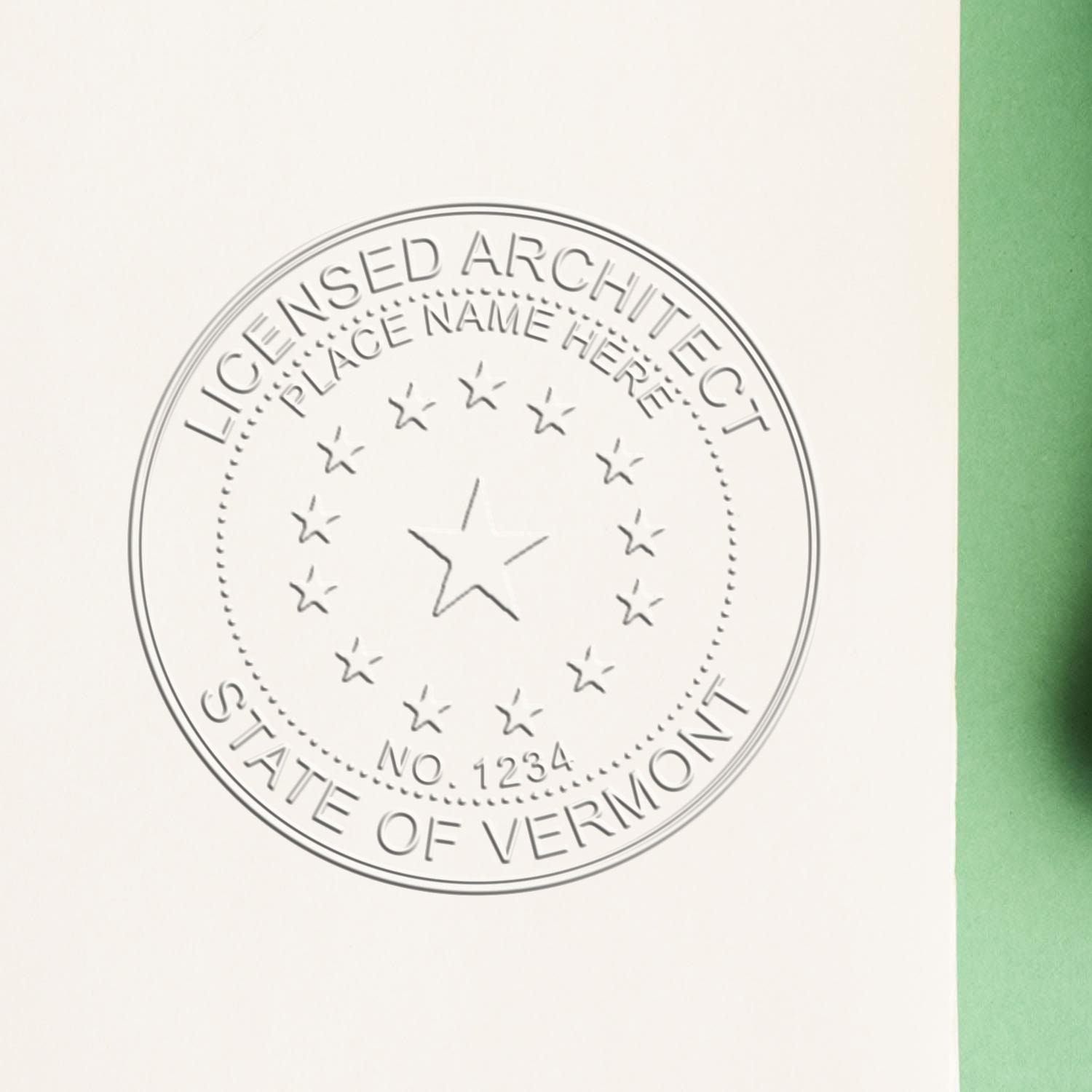
Renewal and Replacement of Architect Seals
Architect seals in Vermont have an expiration date, and it is crucial to renew them in a timely manner to avoid any legal complications. The specific renewal process may vary, so it is essential to refer to the Vermont Board of Architects' guidelines for detailed instructions. Typically, architects are required to submit an application and pay the renewal fee before the expiration date.
If, for any reason, your architect seal is lost, damaged, or stolen, it is important to replace it promptly. The replacement process may involve submitting a request to the Vermont Board of Architects and obtaining a new seal. It is crucial to maintain the integrity of your architect seal and ensure its availability for official use.
Staying Up-to-Date with Regulatory Changes
To maintain compliance with architect seal requirements in Vermont, architects must stay informed about any changes or updates in the regulations. Regulatory requirements can evolve over time, and it is the architect's responsibility to stay current with these changes. This includes being aware of any amendments to the laws, rules, or guidelines that govern the use of architect seals.
To stay up-to-date, architects can refer to the official website of the Vermont Board of Architects for the most accurate and current information. Engaging in professional development activities, attending industry conferences, or joining architectural associations can also provide valuable insights into regulatory changes.
By actively renewing architect seals and staying informed about regulatory updates, architects in Vermont can maintain compliance and uphold professional standards. Remember, compliance with architect seal requirements not only enhances your credibility but also contributes to the overall integrity of the architectural profession. For more information on Vermont architect seals, refer to our article on Vermont architect seal.
About ESS
At Engineer Seal Stamps, we take pride in our expertise in creating custom rubber stamps, professional seals, and notary stamps that cater to the unique needs of engineers. Our company's commitment to delivering exceptional customer service has earned us a stellar reputation within the industry. Our team consists of highly skilled professionals with extensive knowledge in the stamp-making process, ensuring that each product we create meets the highest standards of quality.
We understand the importance of trust and confidence in our products, which is why we offer a state board guarantee on all our stamps. Our guarantee ensures that our stamps are compliant with state regulations, giving our customers peace of mind when it comes to their legal requirements. Additionally, we offer a quick turnaround on our products, ensuring that our customers receive their stamps in a timely manner, regardless of their location.
At ESS, we prioritize our customers' needs and go above and beyond to ensure their satisfaction. We take pride in our personalized approach to customer service, as we work with each customer to create a custom stamp that perfectly fits their needs. As a result, our customers can trust that they are receiving a stamp that not only meets their legal requirements but also represents the uniqueness of their profession. Overall, at Engineer Seal Stamps, our commitment to exceptional customer service, quality products, and quick turnaround sets us apart within the industry. We take pride in our work and strive to exceed our customers' expectations in every aspect of our business.

